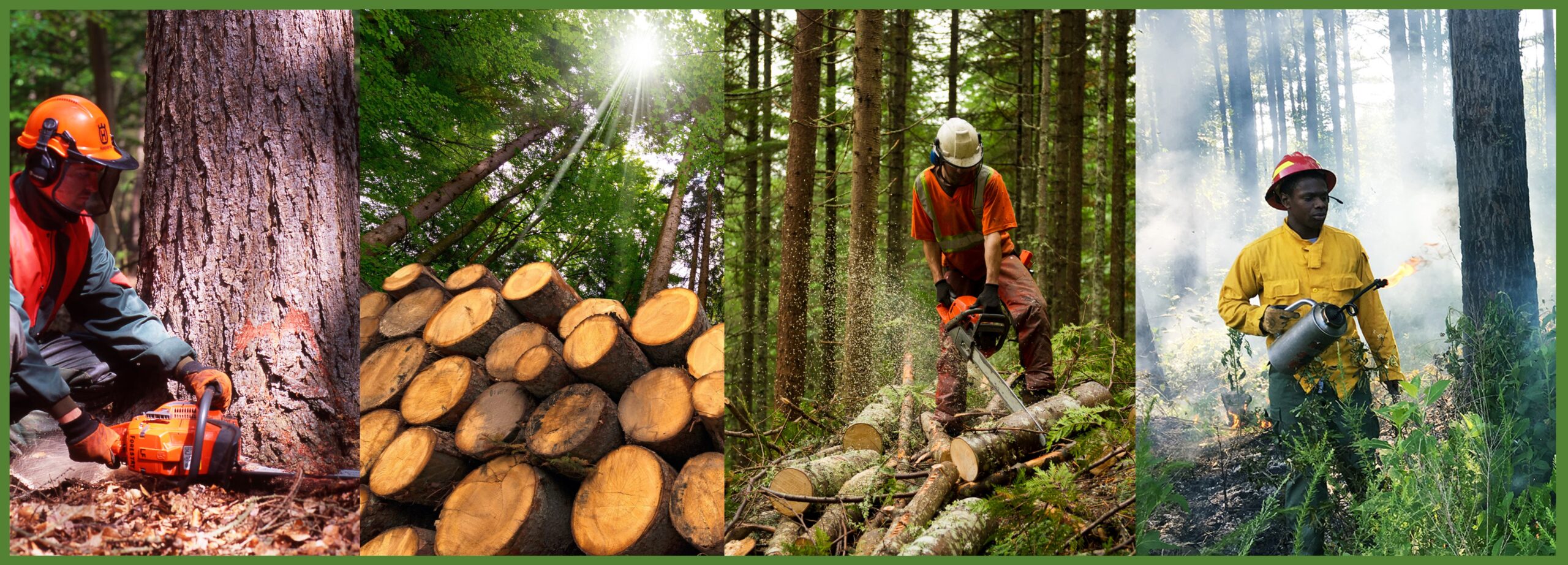Knecht H*, Balanay JG, Langley R, Tutor-Marcom R and Richards SL (2024). Retrospective Risk Assessment of Injuries and Fatalities in the Forestry and Logging Workforce in the United States, 2003-2019. Journal of Agromedicine, doi:10.1080/1059924X.2024.2325708
Abstract
Objectives
The objectives of this study on the forestry and logging workforce are to: 1) Analyze causes of injuries/fatalities to inform future intervention studies focused on risk mitigation, 2) determine whether there are any trends or associations between work-related risk factors and workplace injuries/fatalities over a 16-year period (2003–2019), and 3) identify knowledge gaps related to injuries and fatalities for future studies to address.
Methods
Data on fatalities, injuries, and illnesses of the forestry and logging workforce from the United States Bureau of Labor Statistics were analyzed. Correlation analysis (p < .05) was conducted to assess the relationship between causes of forestry and logging workforce fatalities by cause of fatality in the United States. Injury and fatality rates were calculated for each year (fatalities: 2003–2018; injuries: 2005–2019) and time span-specific incidence rates were calculated by cause.
Results
Contact with objects and equipment was the primary cause of injuries and fatalities in the forestry and logging workforce during the study period. Transportation-related incidents ranked second as the cause of fatalities, while the category of falls, slips, and trips was the second leading cause of injuries.
Conclusion
Gaps in occupational health and safety identified by this study should be collaboratively addressed by researchers and the forestry industry.
*Heidi Knecht is an alumnus of the ECU MS Environmental Health Program and DrPH (Occupational and Environmental Health) Program.




